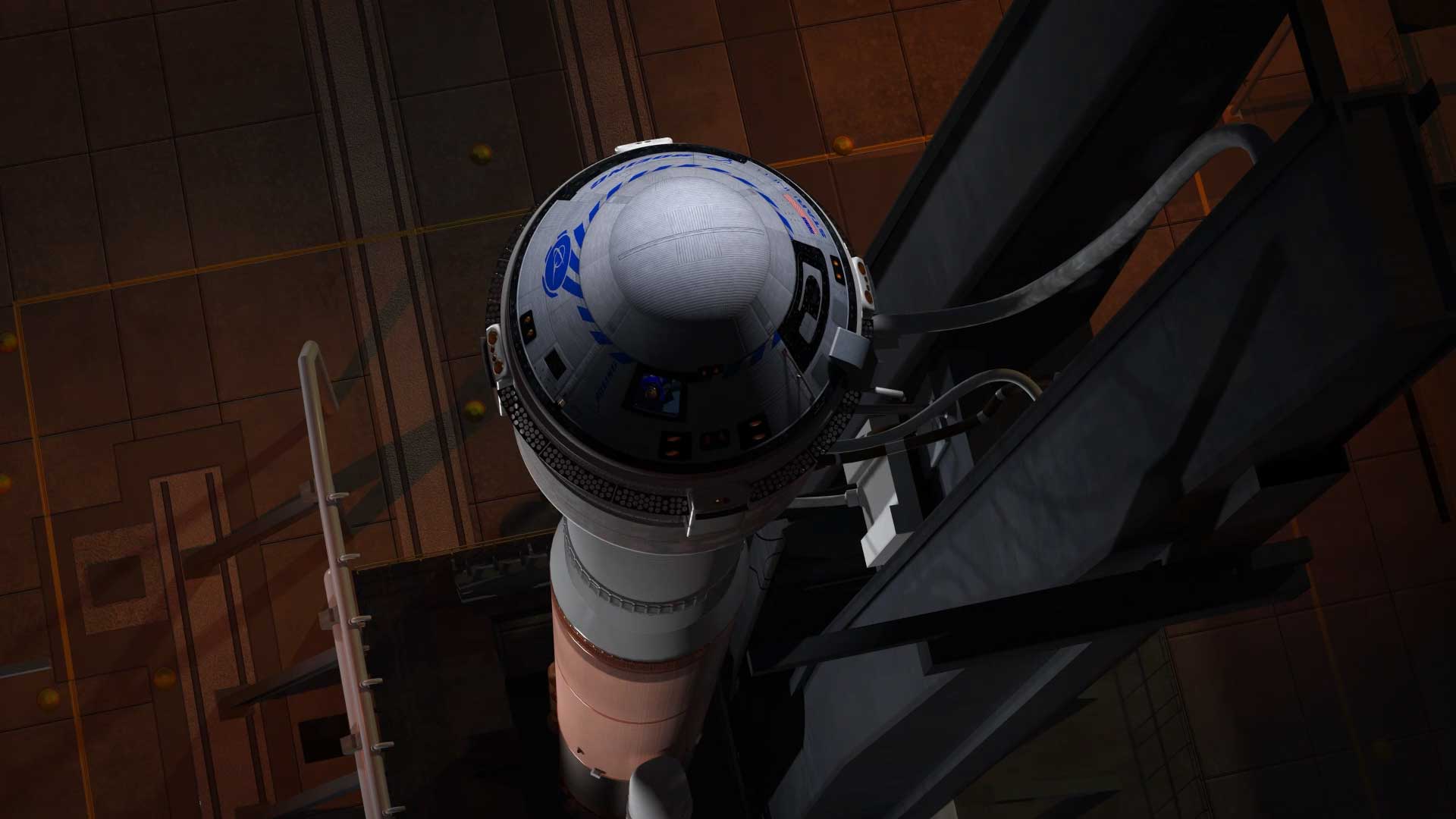Boeing’s Star Liner is scheduled to carry NASA astronauts to the International Space Station with a projected launch time of Monday, May 6th, 2024, at 10:34 p.m. from Cape Canaveral’s Space Force Launch Complex 41.
The end of the Space Shuttle program left NASA unable to launch astronauts into space on American rockets. NASA became dependent on Russian rockets launched from Uzbekistan.
Three years ago, SpaceX stepped up, ended the drought, and launched Americans to the ISS.
Soon after, Jeff Bezos’ Blue Origin launched into space, as did Richard Branson’s Virgin Galactic.
SpaceX has proven a reliable workhorse, while Blue Origin and Virgin Galactic remain test/tourism flights.
Now comes Boeing’s long-awaited Starliner, which is designed to join SpaceX in lifting working crews and cargo into space.
Free market innovation has hyper-accelerated America’s space program, reduced cost, increased safety, and made frequent launches a common occurrence
Godspeed Starliner!
From Boeing:
